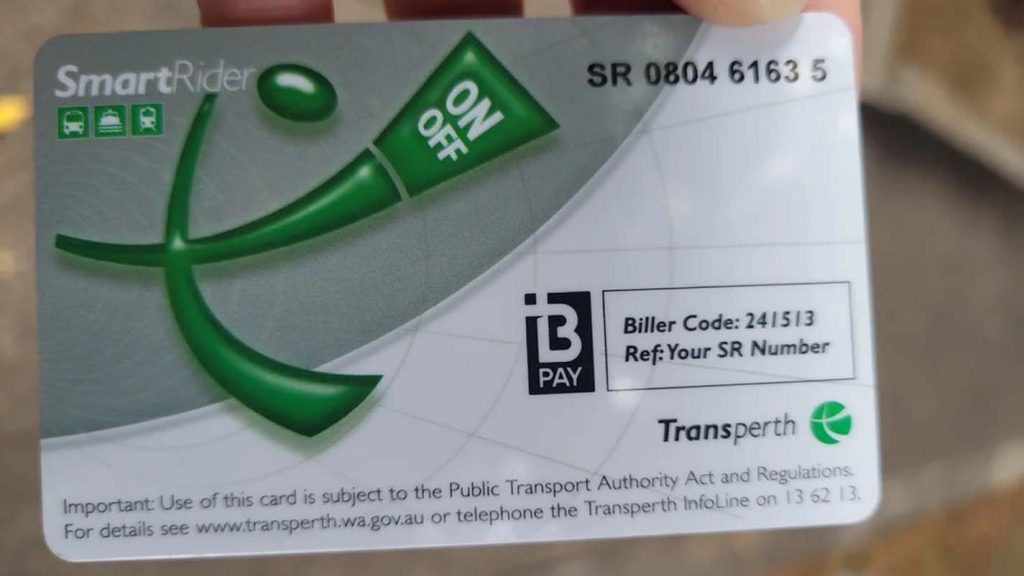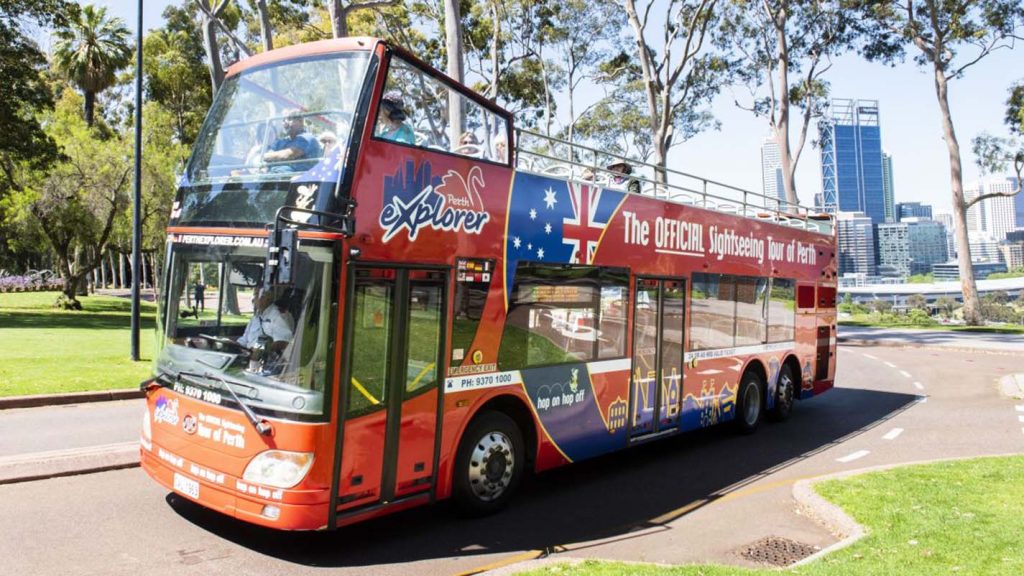Perth, the sun-kissed capital of Western Australia, is a city that seamlessly blends natural beauty with urban sophistication. From the shimmering Swan River to the sprawling Kings Park, there’s so much to explore. But to truly experience Perth like a local, understanding the city’s public transport system is key. Efficient, affordable, and well-connected, Perth’s transport options make navigating the city a breeze. Whether you’re a first-time visitor or a returning traveler, this guide will provide you with the essential tips to get around Perth using public transport, just like a local.
1. Perth’s Public Transport Network
Perth’s public transport system is operated by Transperth, and it includes buses, trains, and ferries, all integrated to ensure smooth transitions between different modes of transport. The city has an extensive network that covers not only Perth’s Central Business District (CBD) but also surrounding suburbs, beaches, and popular tourist attractions.
The system is divided into nine zones, with fares calculated based on how many zones you travel through. The closer you stay to the city center (Zone 1), the cheaper your fare. The zones expand outward from the city center into the suburbs. For tourists, staying informed about the zone system can help you manage transport costs effectively.
2. The SmartRider Card: Your Key to Seamless Travel
The most convenient way to travel around Perth like a local is to use a SmartRider card. This rechargeable card allows you to tap on and off all public transport services, saving you from having to buy individual tickets every time you board.

- Where to Get a SmartRider Card: You can purchase a SmartRider card from Transperth InfoCentres, which are located at major train stations like Perth, Elizabeth Quay, and Esplanade. You can also find them at some retailers like newsagents and convenience stores.
- How to Top Up: SmartRider cards can be topped up at train station machines, selected retailers, or online via the Transperth website. The card can hold up to AUD 250, and it automatically calculates your fare based on the distance traveled.
- Discounts: The SmartRider card offers discounted fares compared to purchasing single-use tickets. Plus, if you use the card frequently, you can save even more, as Transperth provides a discount on fares after 8 paid journeys within a calendar month.
3. Free Transit Zones (FTZ): Explore the City for Free
One of the perks of Perth’s public transport system is the Free Transit Zone (FTZ), which allows you to travel for free within certain areas of the city. If you’re traveling by bus within the CBD, you don’t even need to tap your SmartRider card—just hop on and enjoy the ride.
- Trains in FTZ: Free travel on trains is available between City West, Elizabeth Quay, and Claisebrook stations within the city. However, if you enter or exit outside of these stations, you’ll be charged for the full journey.
- Buses in FTZ: All buses within the CBD and areas like Northbridge operate for free, making it an excellent way to hop between attractions without spending a cent.
4. Getting Around by Train
Perth’s train network is fast, reliable, and one of the best ways to reach the city’s outer suburbs, beaches, and more. There are six major lines:
- Fremantle Line: Ideal for beach lovers, this line takes you from Perth Station to Fremantle, a historic port city with charming cafes, markets, and museums.
- Joondalup Line: This line heads north, connecting the city with the beachside suburbs of Scarborough and Hillarys, both great spots for swimming and snorkeling.
- Mandurah Line: Heading south, the Mandurah Line is perfect for those wanting to explore Perth’s southern suburbs or take a day trip to the coastal city of Mandurah.
- Armadale, Midland, and Thornlie Lines: These lines mainly serve commuters traveling to and from Perth’s eastern and southeastern suburbs.
- Pro Tip for Train Riders: Always stand to the left on escalators in Perth train stations. Locals will appreciate your consideration, as the right side is usually reserved for those who are walking or in a hurry!
5. Bus Services: Connecting Every Corner of Perth
Perth’s bus system complements the train network by providing access to areas not covered by the train lines. Whether you’re in the heart of the city or heading out to the suburbs, there’s likely a bus route that will get you there.

- Timetables and Routes: Transperth’s buses run regularly, especially in the CBD. To find specific routes or timetables, visit the Transperth website or use the official Transperth app, which offers real-time updates on bus arrivals, departures, and any disruptions.
- CAT Buses: Perth also offers free CAT buses, which operate on looped routes within the CBD and surrounding areas like Northbridge and East Perth. These buses are color-coded by route:
- Red CAT: Travels through Perth’s city center, perfect for those wanting to shop or visit the main attractions.
- Blue CAT: Connects Northbridge and Elizabeth Quay, a fantastic way to move between the city’s entertainment hub and the scenic riverside.
- Yellow CAT: Serves East Perth, including the popular Claisebrook Cove and the Royal Perth Hospital.
- Green CAT: Links Leederville with Perth’s CBD, passing through the West Perth area.
Locals love these buses because they’re frequent (running every 5 to 15 minutes), easy to hop on and off, and completely free to use.
6. Perth Ferries: A Scenic Way to Travel
For a more scenic mode of transportation, try the Transperth ferries that cross the Swan River. The ferry connects Elizabeth Quay in the CBD with Mends Street Jetty in South Perth, where you can visit attractions like the Perth Zoo or enjoy a leisurely riverside walk.
- Fare: If you’re using a SmartRider card, the ferry is part of the Transperth network, meaning your travel will be charged as part of the public transport system. The ferry ride offers spectacular views of the city skyline and the river, making it an enjoyable experience rather than just a method of getting from point A to point B.
- Schedule: Ferries typically run every 20 to 30 minutes during peak hours, but you can check the latest schedules on the Transperth app to ensure you don’t miss your ride.
7. Cycling and Walking: Active Ways to Get Around
Perth is an incredibly bike-friendly city, with dedicated cycling paths running throughout the city and along the coast. Cycling is not only a great way to stay active but also one of the fastest ways to get around certain parts of Perth, particularly near the Swan River and Kings Park.

- Renting Bikes: You’ll find several bike rental shops in the city, and some hotels even offer complimentary bikes for guests. In addition, there are numerous bike hire apps available, such as Spinway or BYKKO, where you can pick up and drop off bikes at various locations around the city.
- Walking: Perth’s city center is compact, and many of the main attractions are within walking distance of each other. Walking around the city is often quicker than taking public transport for short distances, especially within the Free Transit Zone. Plus, walking allows you to take in the beautiful weather and explore at your own pace.
8. Peak Times and Etiquette
Like any major city, Perth’s public transport system gets busier during peak commuting times. If you’re traveling during weekday mornings (7:00 AM – 9:00 AM) or afternoons (4:30 PM – 6:30 PM), expect the buses and trains to be more crowded, especially in the CBD.
- Local Etiquette: While using public transport, it’s important to be mindful of local customs. Perth locals tend to be polite and considerate when traveling. Offering your seat to someone in need (like the elderly or pregnant women) is a common courtesy. It’s also considered respectful to keep noise levels low, especially when on the train or bus.
- Mind the Doors: On trains, always allow passengers to exit before you board, and move inside the carriages to avoid blocking the doors.
9. Useful Tips for Visitors
- Plan Your Journey: Use the Transperth Journey Planner, available on their website or the app, to map out your route before you head out. This tool provides real-time updates, detailed directions, and even estimates your fare based on the zones you’ll be traveling through.
- Airport Transfers: If you’re flying into Perth, there are several public transport options to get you from Perth Airport to the city center. The Bus Route 380 runs directly between the airport and Perth city, providing a cost-effective alternative to taxis or ride-sharing services. If you have a SmartRider card, you can use it to pay for the airport bus as well.
- Avoid Fines: Make sure to tap on and off your SmartRider card correctly at the start and end of your journey. Transperth has officers who conduct random inspections, and failing to tap off can result in a fine.